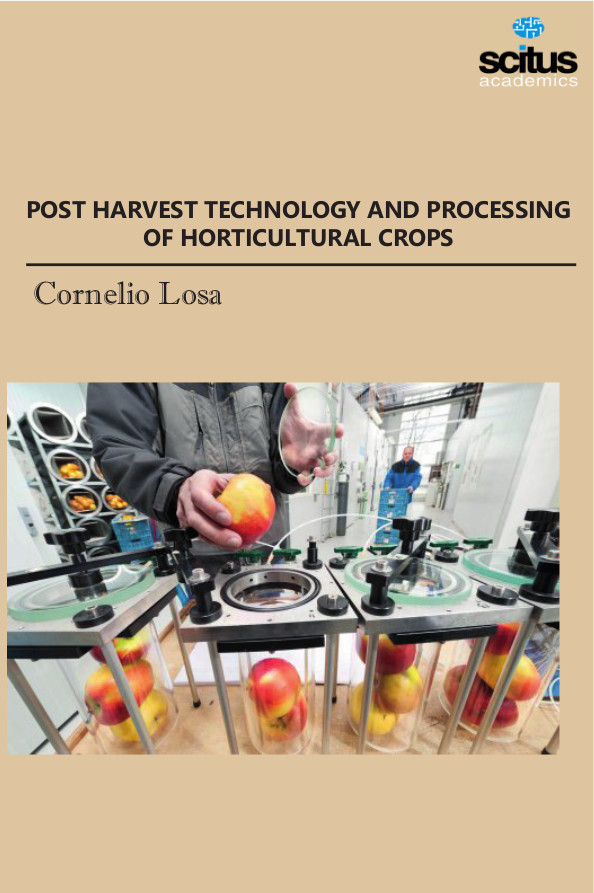Fruits and vegetables are very important food commodities. For self-sufficiency and also for processing, export and to meet additional requirements, a lot of emphasis need to be given to reduce post-harvest losses, besides increasing production and productivity of horticultural produces. Processing plays an important role in conservation and effective utilization of these perishable commodities. Many recent innovations in postharvest technology in have been in response to the desire to avoid the use of costly labor and the desire for cosmetically “perfect” produce. These methods may not be sustainable over the long term, due to socioeconomic, cultural and/or environmental concerns. For example, the use of postharvest pesticides may reduce the incidence of surface defects but can be costly both in terms of money and environmental consequences. In addition, the growing demand for organically produced fruits and vegetables offers new opportunities for small-scale producers and marketers. Local conditions for small-scale handlers may include labor surpluses, lack of credit for investments in postharvest technology, unreliable electric power supply, lack of transport options, storage facilities and/or packaging materials, as well as a host of other constraints.
Post-Harvest Technology Processing of Horticulture Crops will be of immense valuable for research professionals, quality control personnel and postharvest biology students anyone involved in the technology for handling and storing fresh fruits, vegetables, and ornamentals.













